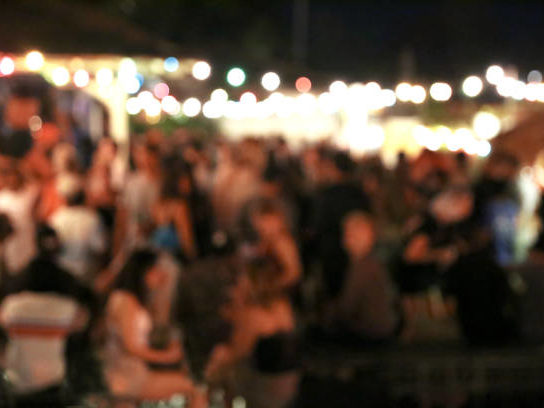A Tale of 200,ooo Cities
Worcester is many things to many people- how do we bridge the divides among us and build a city that embraces us all?
Worcester is the second largest city in New England, and one of the most ethnically diverse cities in the United States. There are close to 100 languages spoken, many different faith backgrounds, and numerous traditions, talents, interests, and affinities that make each resident unique. Too often, these differences are viewed as barriers to building monolithic consensus instead of characteristics that build many dynamic and intersecting communities within the city.
There is no singular authentic Worcester story. Perhaps by learning more about the many different Worcesters that exist, we can expand our imagination of what a 21st century city for all of these incredible stories looks like. How can we learn from the unique experiences of our neighbors to imagine a city that embraces and builds space for all of these different perspectives?
With generous support from the Worcester Arts Council and Mass Cultural Council, convenor Dr. Cara Berg Powers is bringing together artists from across backgrounds and artistic practices to create spaces to imagine the kind of city we could cultivate together. Check out the workshops page to sign up!


storytelling
All of the workshops are rooted in unearthing and sharing the many stories that make up the dynamic fabric of Worcester. Our stories make up so much of who we are and how we make meaning of the world around us.

arts
There are so many talented artists from different backgrounds and disciplines that help to make Worcester so incredible. The workshops all pair artists from different backgrounds to make unique experiences for all participants

Community
We all belong to different communities in different ways. One of the themes that the project tackles is what communities we belong to and what belonging looks like. How do we navigate belonging across communities?